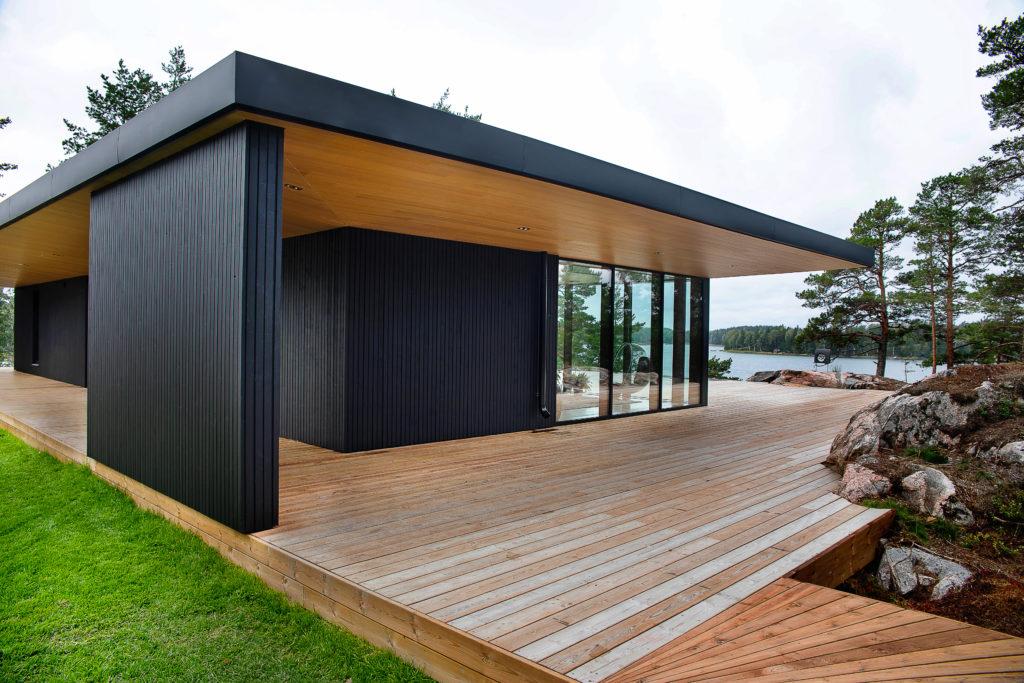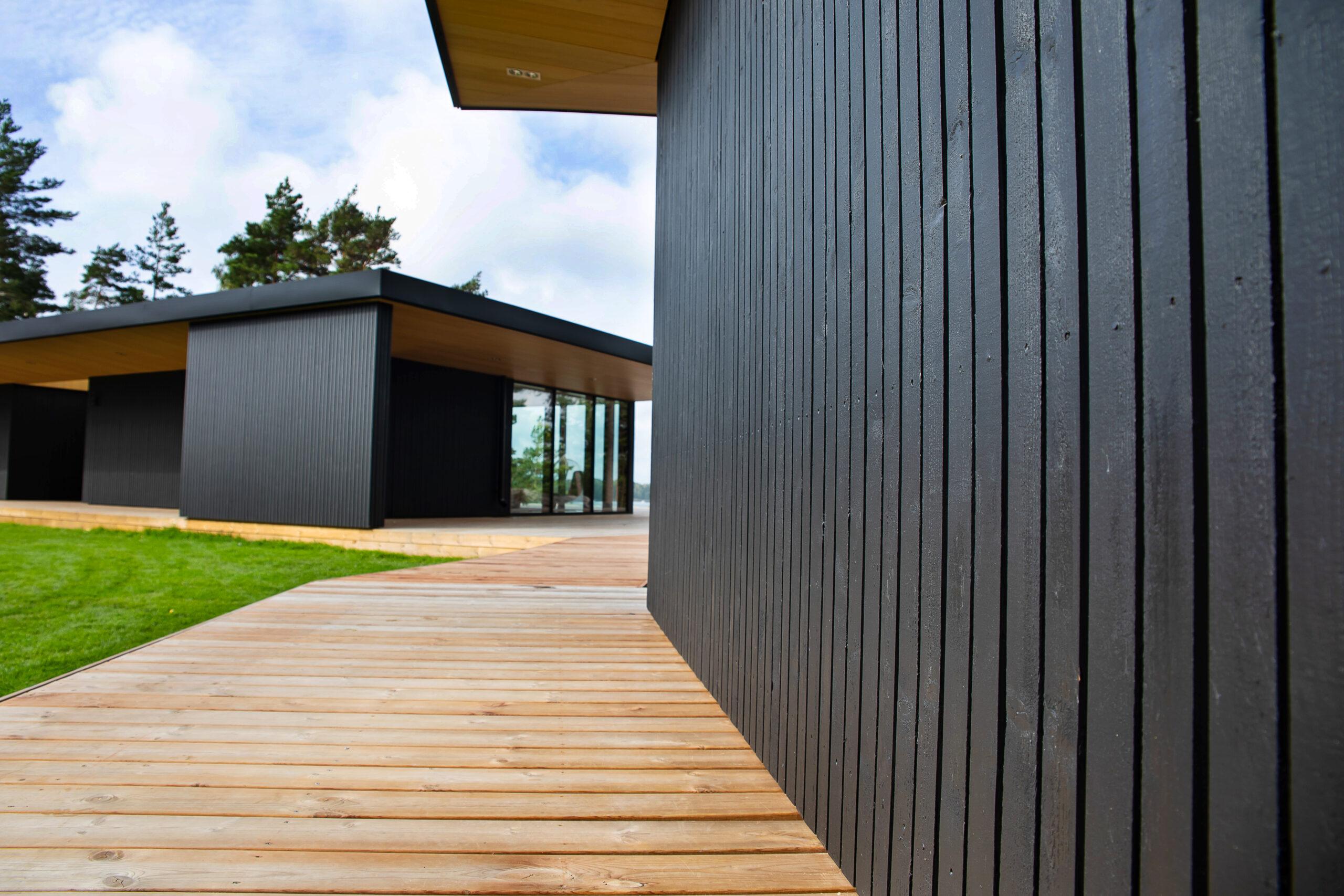Wood prices have returned to normal after the price spikes, but construction is currently low. However, materials and human resources are readily available, so it may not be worth putting off a building project in the future.
Prices hit a high in 2021 because of the pandemic with lumber. For example, it affected both terrace boards and interior and exterior cladding panels, doubling the prices. However, nowadays, the price of wood products has returned to the same level as before the pandemic that started in 2020.
Although timber prices have returned to normal levels, and no further price rises are in sight, construction is currently very low. As a result, wood prices have also been depressed by weak demand. In addition, rising interest rates, the energy crisis, and inflation have significantly impacted construction.
"Our production is also more export-oriented at the moment. Construction projects have declined for consumers and businesses, leaving construction companies with little work. In the past, renovation construction increased as new construction slowed down, but now neither is taking off," says Juha Sojakka, CEO of Siparila Oy.
The share of wood in material choices has increased
Although construction has been declining, the attractiveness of wood as a material has been clearly visible.
"There is domestic and export interest, and there is still demand for wood, even though the demand for materials has decreased as construction has slowed. However, the share of wood in material choices has even increased," says Sojakka.
Siparila's solid spruce and thermal wood products have an Environmental Product Declaration (EPD). According to Sojakka, it is good that the products' environmental friendliness and fire performance require verification, even if this requires the manufacturer to calculate, for example, the EPD.
In the case of wood, it is clear that a renewable natural material is a good and environmentally friendly product. Exporting wood abroad does produce emissions and costs, but it is still a relatively cost-effective export product. Siparila transports wood worldwide, as far away as Japan and the United States.
"Wood is lightweight and efficient to transport abroad because of the large quantities that can fit in a vehicle. Many other materials are heavier than wood - so we can transport wood efficiently worldwide," says Sojakka.
Good product availability
The slowdown in construction also means that product availability is currently excellent and human resources are available for construction. For example, now is a good time to build and renovate a house and a terrace.
"For owner-occupiers, the facade, terrace, and roof renovation occurs every 30 years, depending on the property. Therefore, it is worth scheduling them when goods and materials are available at a reasonable price, if possible," says Sojakka.
People tend to follow a common trend – when others are not building, they are more likely to postpone their plans to the future without considering whether it would be possible to build now. Instead of following the general practice, thinking carefully about waiting for your construction and renovation projects is worthwhile.
"At the time of the covid, everyone was at home, eventually leading to a massive renovation and construction spike. In a few years, there will be another peak in demand, and the market could easily overheat. So now would be a good time to build," Sojakka sums up.



